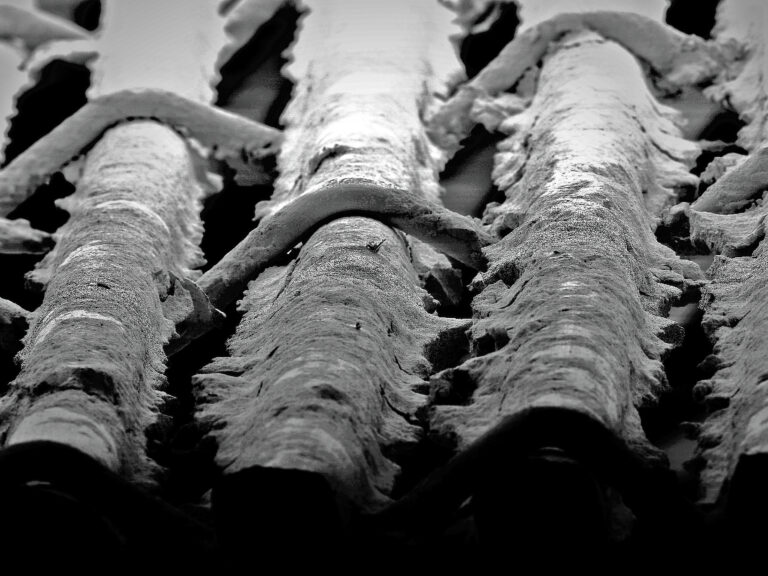Stefano, what new opportunities has working on the ITER Magnet Project opened up for your company ASG Superconductors in Genoa, Italy?
“We are basically set to be today’s world leader for superconducting magnets for fusion energy. In the past, we have also been involved in other top fusion projects – for example the experimental fusion research tokamak JT-60SA in Naka, Japan, which has just been successfully completed. For the ITER project, we are involved in superconducting magnets from the small components to the big magnetic coils. In the future, we will surely be involved in the DTT divertor test tokamak and hopefully also in the demonstration power plant DEMO which should come online by the middle of the century.
“Although we are not a big company, we work in the fusion magnets business together with industry giants like Toshiba and Mitsubishi in Japan. So we were like the size of a department for them. I am proud to say I visited them and worked with them, perhaps even taught something! In the US we are in contact with General Atomics. They too are much bigger than us, so of course fusion is important for them as a strategic division, but not central, whereas for us it has been a big part of our turnover in the past couple of years. It’s our ‘cup of tea’.”
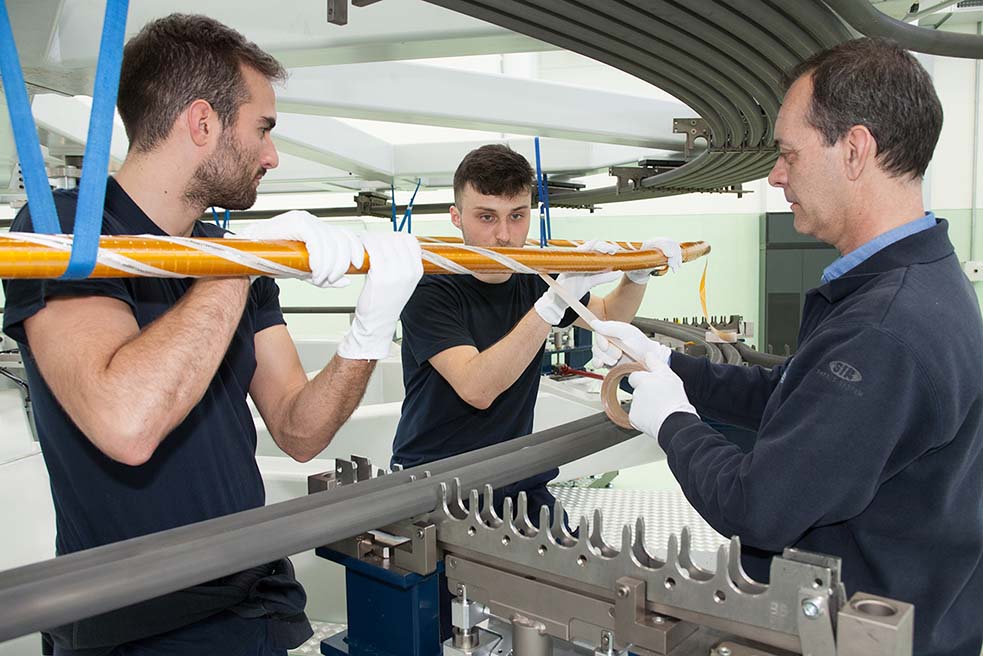
What direct benefits has working on fusion research projects created for your company?
“Of course we earn money from this now, which means that we can employ our workers. But we have also learned from fusion activities and applied our experience from fusion projects to the other parts of our business: medical business, big science, magnets for accelerators, magnetic energy, storage of magnetic energy for MRI scans, etc. For us, the economical as well as the technological aspect is very important. Fusion has for sure helped us grow in both – mainly from a technological point of view, as it presents big challenges there.”
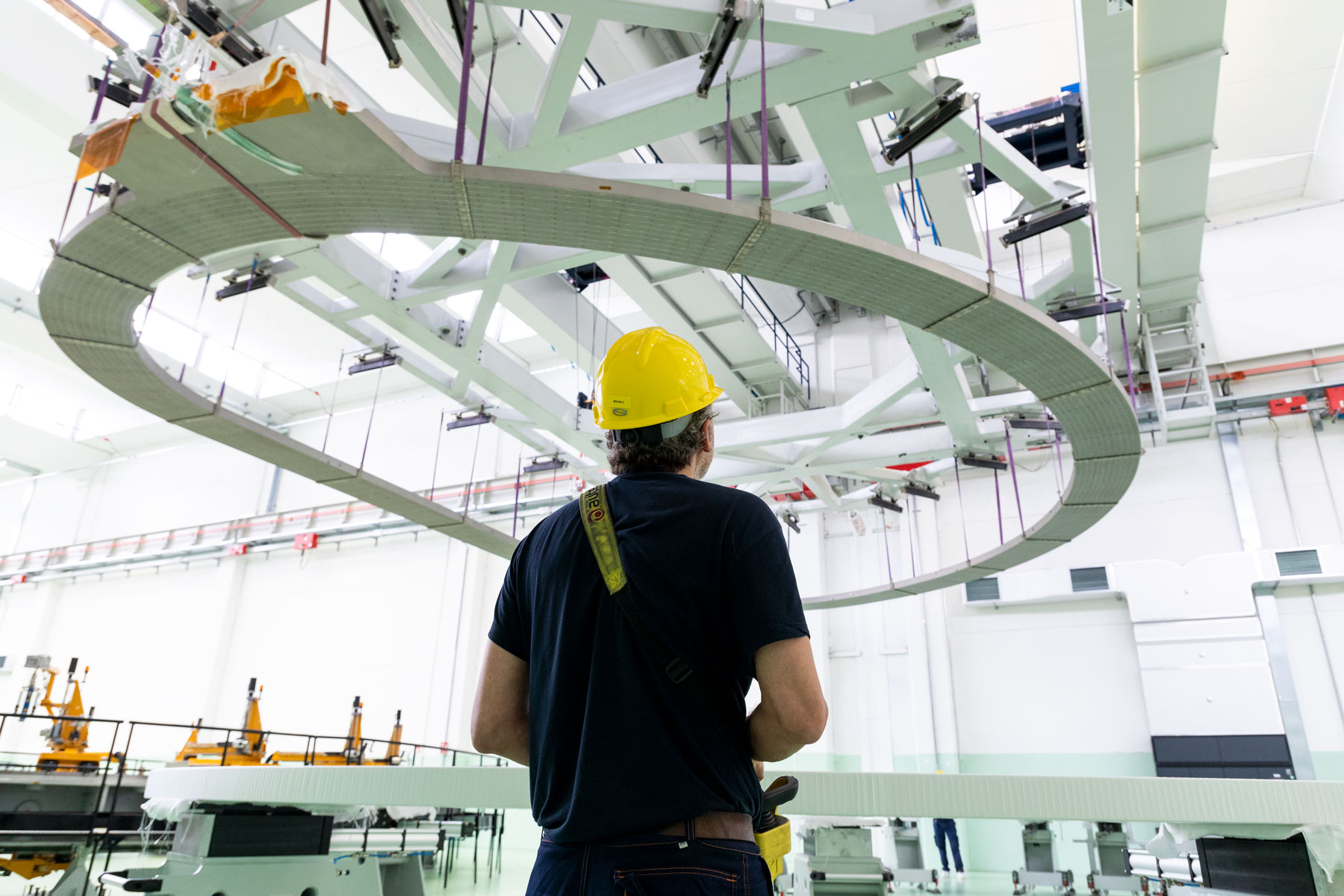
How have the fusion projects influenced you personally?
“I learned a lot as a manager, mainly because you receive input and materials from all over the world. For the toroidal field coils, our components come from China, Russia, the US and Europe. Because they come from different cultures, the process has to be managed in a different way. This means you learn a lot, and that’s funny because one would not think that the contributors have such a completely different approach to things. Also, at such a high level of technology, you would think there is one common standard, but this is not the case. You have to bring cultures together and get them to talk with each other. This is a challenge we are successfully tackling.

Fusion is inherently international. Would you say that creates benefits?
“I would definitely say it is a strength of the project, as you learn a lot from the different approaches. But there are some negative aspects too. For example, something you take for granted might not be a standard way of working for your partners. To communicate effectively, you must adapt in order to respect the culture of your counterpart.
“This also affects ASG internally. For instance, our workshop in La Spezia is a former washing machine factory. The first thing we had to do was to make the workers realise that this new kind of production was completely different from before. Previously it was mainly about time: you had to be fast and follow rigid workflows and standards, whereas in fusion and superconducting in general, quality is the main concern. The management style has changed: you are the police officer, the partner of the worker who controls every operation. It’s a different set of priorities.
The merging of workshop and lab is very interesting – the scientists work shoulder to shoulder with the workers during production! I know that makes the workers feel appreciated for the specific work they can do.
“ASG is a 60-year-old company, but in the new business you need a different generation of technicians with a new approach. Research is a fantastic challenge, but it can be difficult in terms of ensuring continuity. So one challenge for ASG is to maintain the competence and have a mix of different generations.
“Right now there are 50 to 60 people working on the ITER project. A lot of young people have grown up with the project, have become experts in the field – it is important for the “old guard” to give way to the new. For example in Cadarache, our work on the poloidal field coils is done directly on site, and our technical manager there is under 40, a very good guy who has grown a lot. We benefit from collaborating with ITER.”

What kind of future do you see for industry’s involvement with fusion?
“That is an important question. As a company, we support research. But industrial business can only continue to support research in the future if the conditions are right. The business is kind of “wavy”; the amount of work in the field tends to go up and down.
“Speaking long term, the real challenge is to keep hold of the people and know-how we develop now. We need to keep our people on board, but of course we cannot have them employed without any business. As a company we diversify. We work with CERN and big science institutions like GSI in Germany (Helmholtz Centre for Heavy Ion Research) who have similar technical challenges as fusion. Even though the scale is different – ITER is a giant – we keep the know-how inside our company by working with a number of scientific institutions and private institutions in the field of medicine.
“On the other hand, we need European research and political institutions to keep at least a minimum level of business opportunities in fusion, for example by promoting models and studies constantly over the years. Because if you stop abruptly after ITER and there is nothing yet to do before work on DEMO starts, you risk losing the industries that contributed to ITER.
“This is something Europe can help ensure. We need intermediate projects from ITER to DEMO so we can keep the technology and also the industrial know-how that is more difficult to preserve than scientific knowledge, which can be more easily transferred. To maintain our workforce and know-how we need challenging projects that allow us to diversify and improve our skills. ”
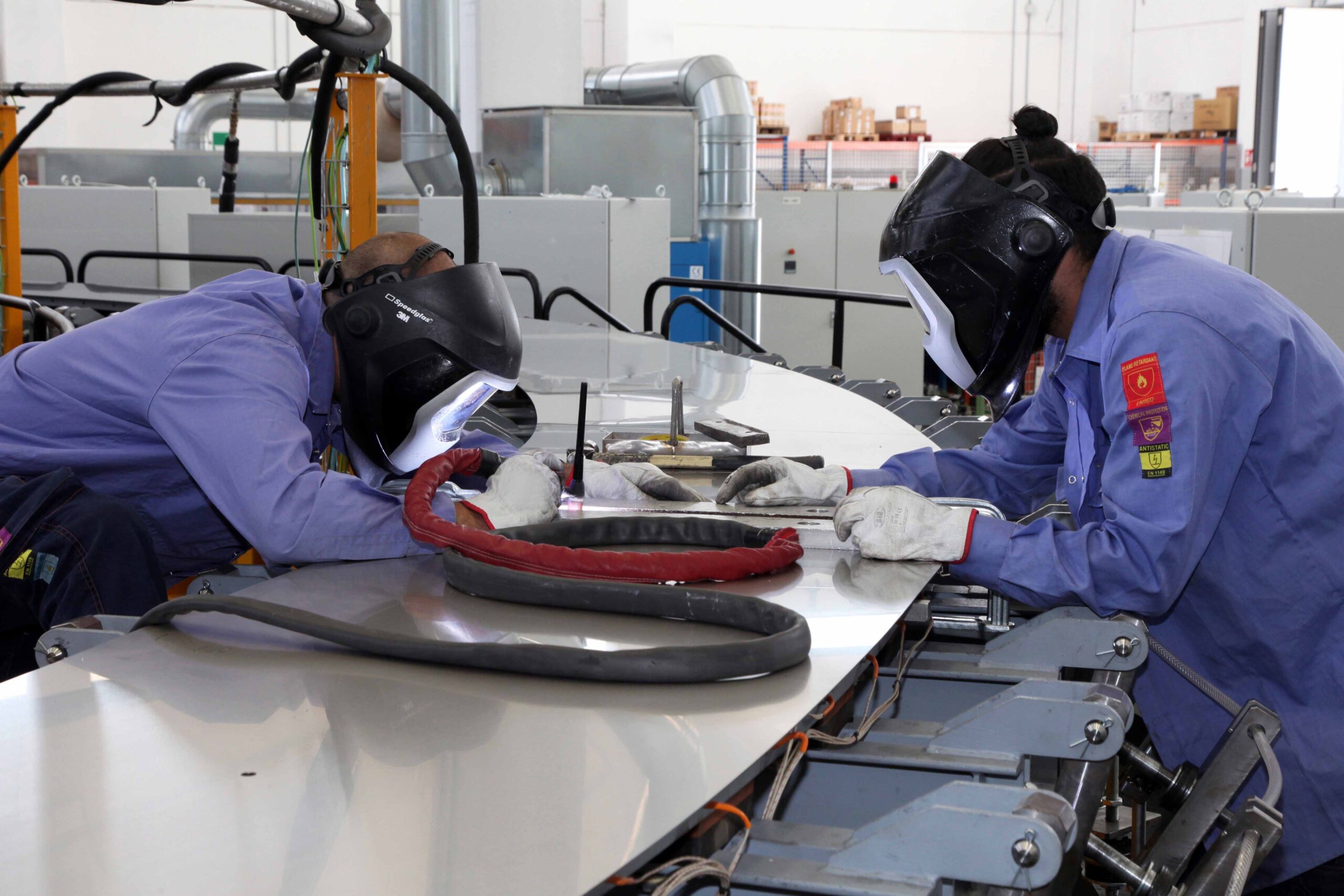
How is your interaction with Europe’s domestic agency for ITER, Fusion for Energy?
“We have a straight and positive relationship with F4E. They helped us, both in building relationships with other institutions and solving problems, and we have linked them with other companies. Sometimes there are problems with the price, but that is a natural part of the business. The personal relationship is good. There are different people, but they are all open-minded and understand that the need of the company is first and foremost business. ”
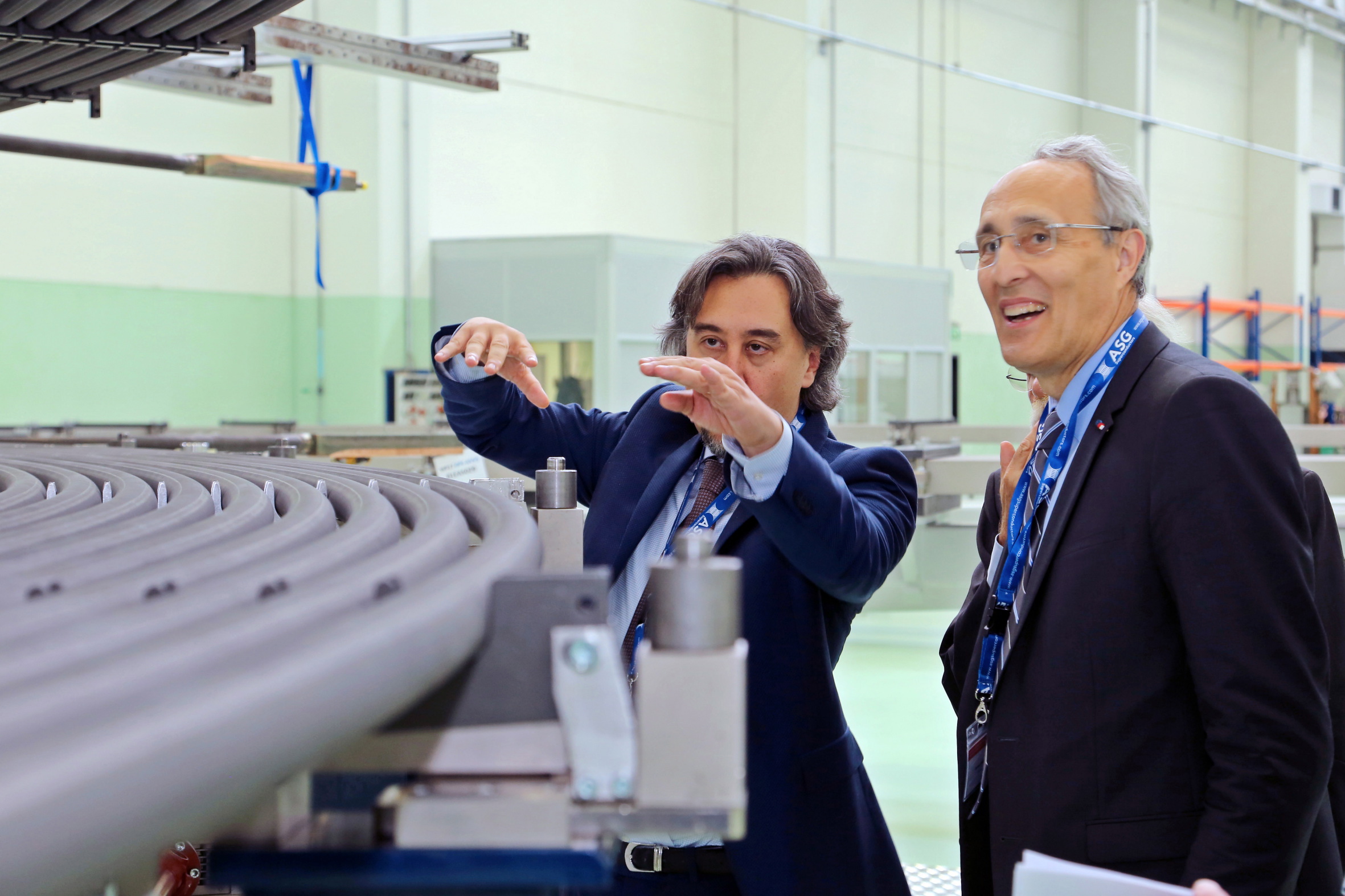
How has your work for ASG impacted your professional and personal life?
“I became a project manager, but really I am a physicist. My background is in medical research, more precisely in MRI magnets. I came to ASG to experience something new. Fusion was the field that I liked most and so I joined ASG in 2011 just at the beginning of the ITER project. I started as a technical guy, but later decided to try the management track. These days, project management takes up 200% percent of my time, but my scientific background always helps. It is the common ‘language’ that I use to communicate for example with F4E, who are ‘technical’ people. It is always good if your counterpart speaks the same language as you and understands your problems. ”
Fusion operates on a huge scale. How would you describe the benefits and fascination of the quest for fusion energy to people who have never heard about it?
“Take my son, who grew up with the project. As he became an adult, he kept asking me what I was doing. Now he fully understands fusion’s importance. It is the ultimate energy that mankind needs. In the medium to long term, in 10-50 years maybe, it could contribute a little, but in the very long term it can contribute the most because it is the only energy source that lasts forever.
“Fusion is very important to scientists, but the technological challenge is so huge that it needs an effort from many people beyond scientific research. The problem with fusion is that you don’t have to solve fundamental physical problems, but very specific complicated ones. And sometimes that is impossible. At the end of the day, the key is to solve them in an economical way. The challenges ahead of fusion are very big. This is exciting. But you have to make it clear to people that fusion will not be ready in 10 years, otherwise you sell an illusion.
“However, you should point out that you may find technical solutions over the years that you can apply to other fields. A good example for this is CERN, where the invention of the World Wide Web created an immediate benefit. In the end, the final solution in both scientific / technological and economical terms is still ahead of us. But this is the only way to have energy for the future of our sons, and more so our grandchildren.
“The fact that fusion power can only be realised very long term does not mean it is not useful. It just means that it is the ultimate sustainable source of energy, the last one we will need to develop.”
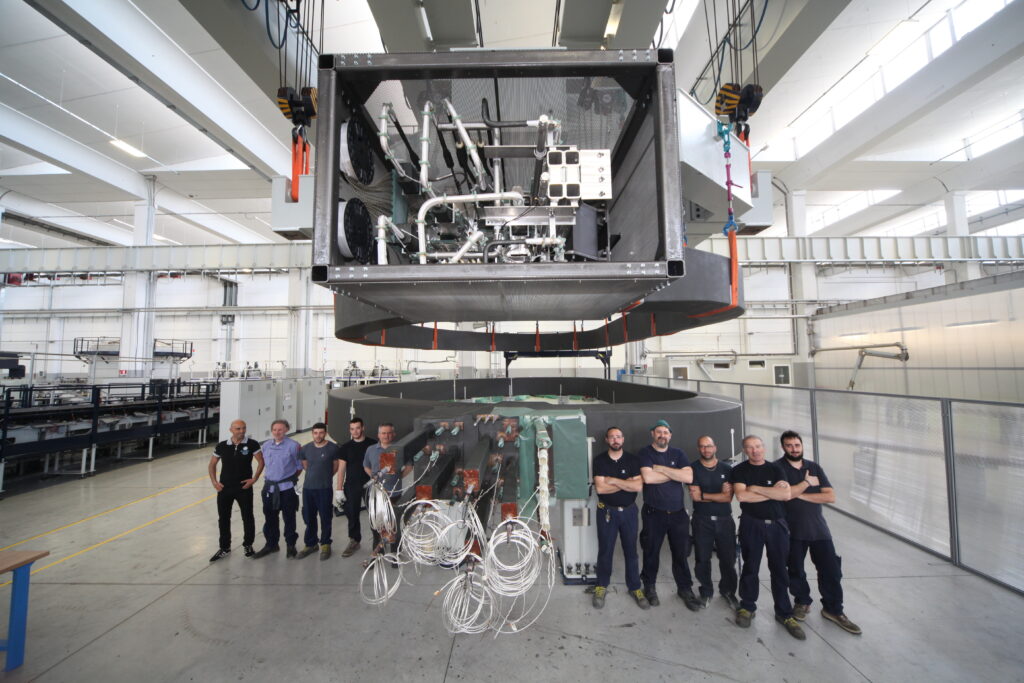
Are you going to be there when ITER starts operation?
“Of course! I come to ITER once every couple of months – at least for a week every 60 days. I wouldn’t want to miss seeing the machine coming online. ”
Stefano, thank you for this interesting interview!

